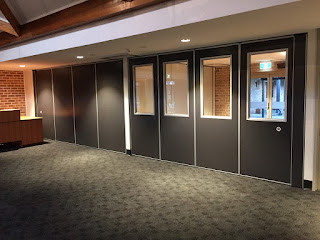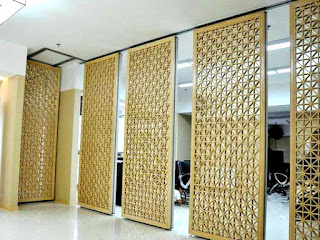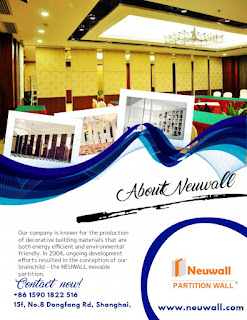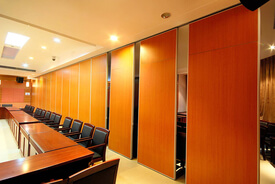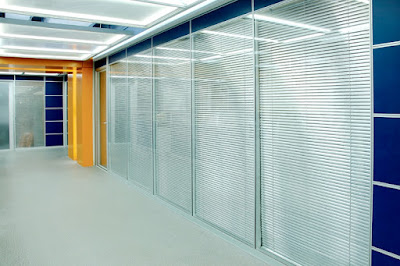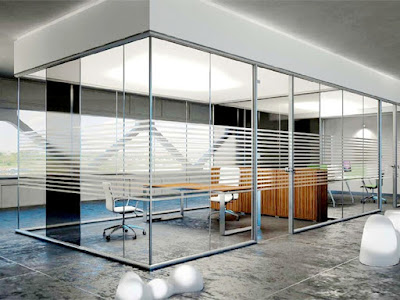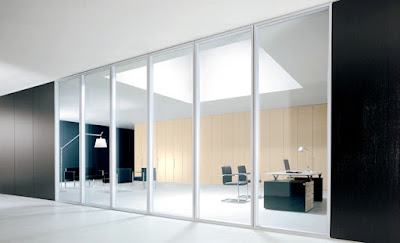Operable walls are principally used to more
readily use space, as an acoustic partition, for traffic control and to produce
income opportunities for a structure proprietor. Regardless of whether you are
hoping to save money on vitality, isolate a huge surface to utilize it for
different purposes, or just to control the earth, dividers worked electrically
are introduced. Operable walls are normally utilized in lodgings, meeting
rooms, places of worship, universities, secondary schools, theaters, gathering
rooms and eateries.
Today, operable walls arebuilt to flawlessness, utilizing materials and methods expounded by planners
and architects. Lighter materials are presented, sound acoustics exhibitions are
improved, and the style have been overhauled.
The highest point of the line
operable dividers is presently made with a more grounded at this point lighter
structure which requires less utilization of metal. It is likewise imperative
to discover a producer that utilizations reused materials in their dividers as
most great operable divider providers will hold their obligation with respect
to nature.
Occupying less room, the
present portable dividers require a little extra room territory. The market for
allotments is without a doubt going towards power lift operable dividers since
they require no area by any stretch of the imagination. The force lift divider
is operable utilizing electric innovation and stores into the roof.
Sometime in the past the main operable
wall you could discover were physically spread out and put away utilizing
pivots and tracks. Presently you can discover operable dividers that work
naturally, which will build its lifetime. Truth is told, electrically worked
parcel dividers cost not exactly manual segment dividers over the long haul.
Partition operable walls have
additionally expanded in acoustic execution capacities consistently. Presently,
worked with end seals hindrance sensors, inflexible protection honeycomb
composite boards and base seals, you can accomplish the STC rating while at the
same time keeping up less divider board weight.

